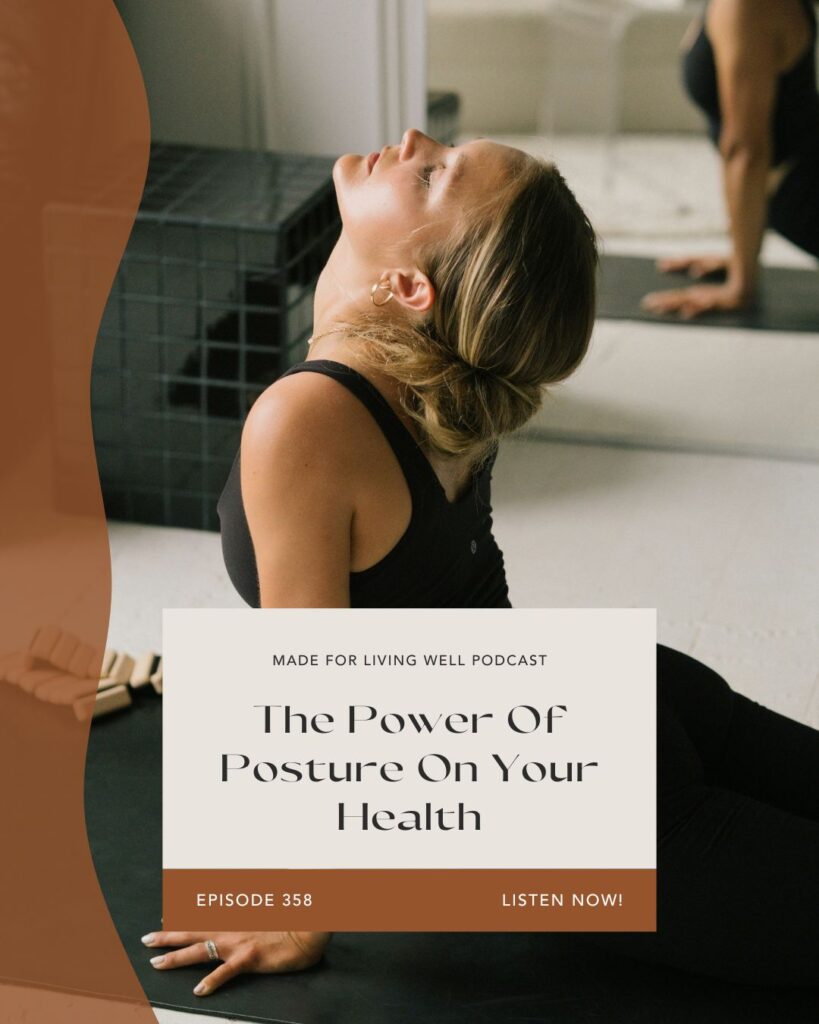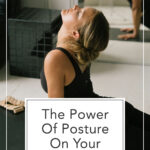
Listen on iTunes | Listen on Spotify | Listen on YouTube | Review the Podcast
Growing up, I often heard my mom say, “Stand up straight!” At the time, it was little more than an annoyance. But now, as an adult working to repattern years of poor posture, I understand the wisdom in her words.
So, Mom, you were right.
Posture, or more specifically, your postural patterns, influences much more than just how you look. It has profound biological impacts. Like any sense, your posture constantly sends signals to your brain about your environment—or at least your perception of it. These signals shape how your cells respond, influencing everything from movement to mood.
Body language experts have long observed how posture reflects emotions like confidence, sadness, or fear. But what’s exciting is that posture is not fixed. Patterns that were learned can be unlearned and repatterned.
In this week’s podcast, I sit down with body posture expert John Friend, a veteran in the field with over 40 years of experience. John introduces us to Bowspring, a body practice designed to align the body with its natural design. Together, we explore how proper posture can transform not just how you carry yourself but how you experience life.
The Intended Posture of Your Body
The natural design of the human body is a double S-shape—a gentle curve in the lower spine and upper neck. This shape allows your core to lengthen and your chin to lift naturally, keeping your gaze on the horizon. These curves distribute stress evenly, reducing joint compression and making your movements feel springy and light.

Unfortunately, many of us have adopted postures that stray from this ideal. The common “suck and tuck” posture—tucking the tailbone and sucking in the core—flattens these natural curves. Over time, this posture leads to compression and structural breakdown in the body.
Alternatively, when energy is lacking, the body may collapse into a C-shape, curling into a fetal-like position. While this posture may feel comfortable (and is even encouraged by most furniture designs), it signals stress to the nervous system, keeping us stuck in survival mode.
Moving away from this happens by expanding your body framework to hold a better alignment. It happens by working to open up your body, creating movement and flow from head to toe, and embracing the natural curves of your spine. It’s not hard work, but it does take consistency and addressing deeper emotions that may be influencing your collapse and/or expansion.
How to Expand Your Posture
As John explains in the podcast, the foundation of good posture begins with the ribcage. Expanding the ribs—allowing them to open and round fully—creates the length and stability necessary for a balanced and aligned body.
In his Bowspring sessions, John teaches you how to expand your ribcage and begin transforming your body posture from collapse to expansion. I would highly recommend joining one of John’s classes here or learning more about Bowspring here.
